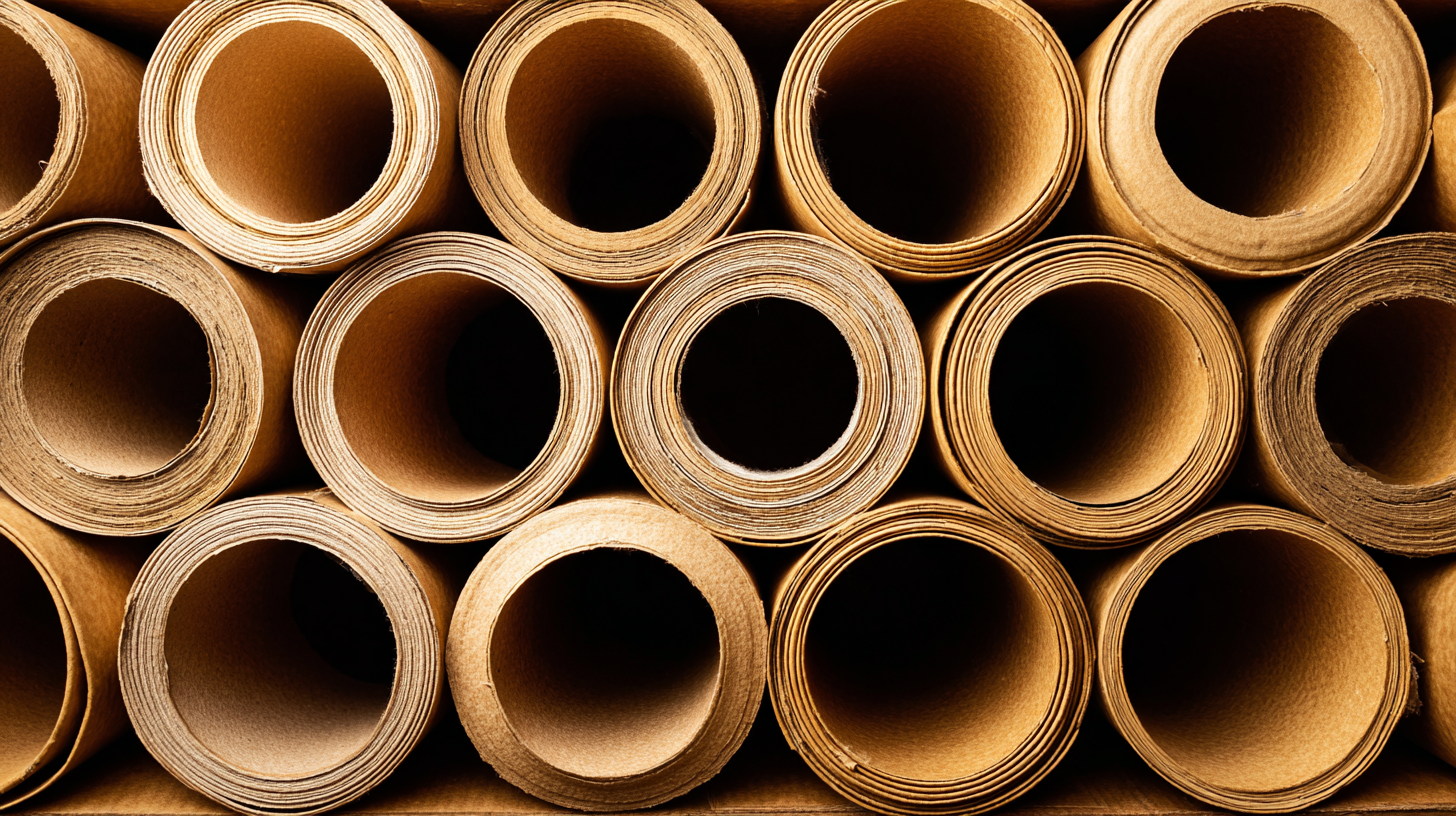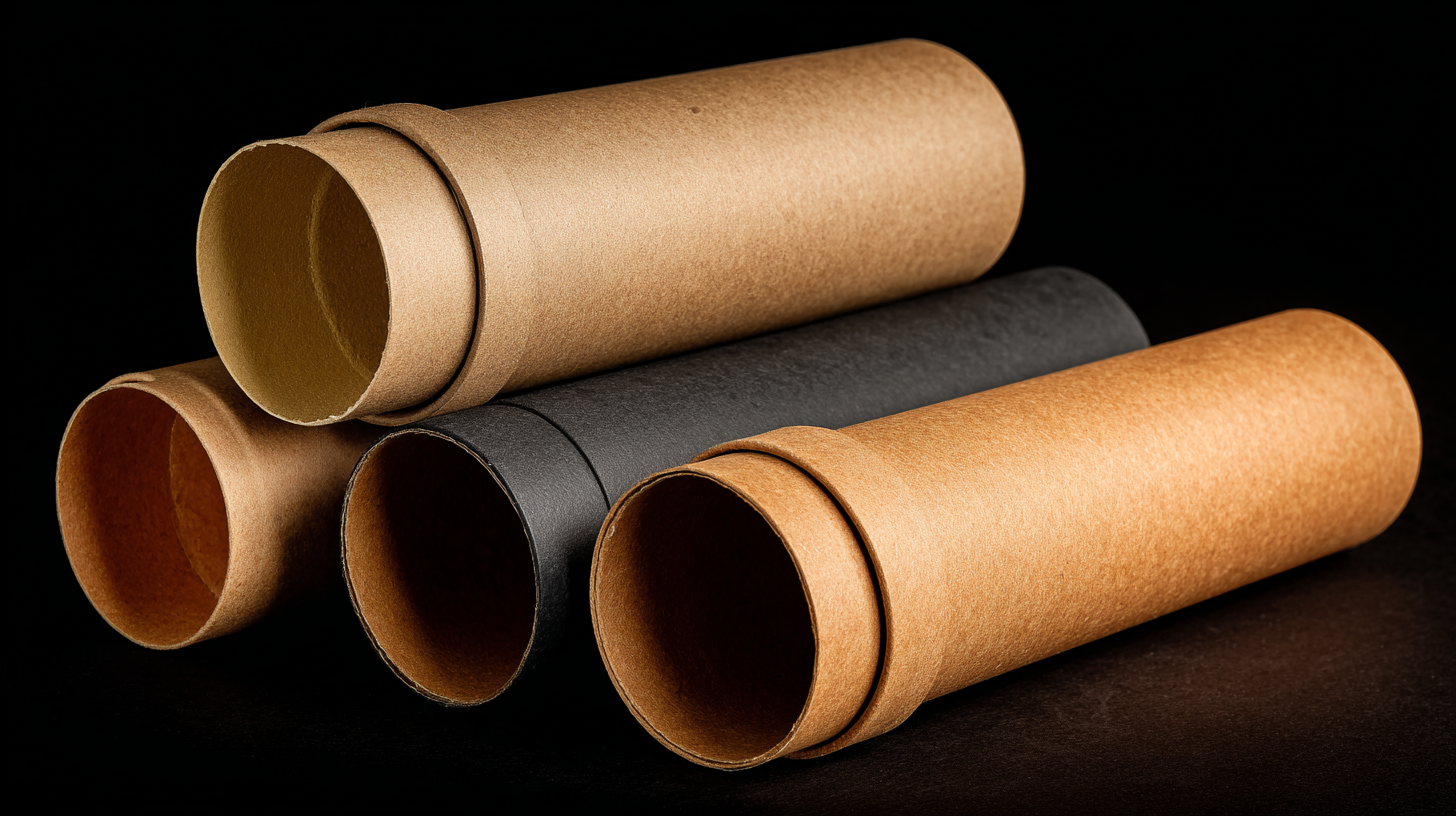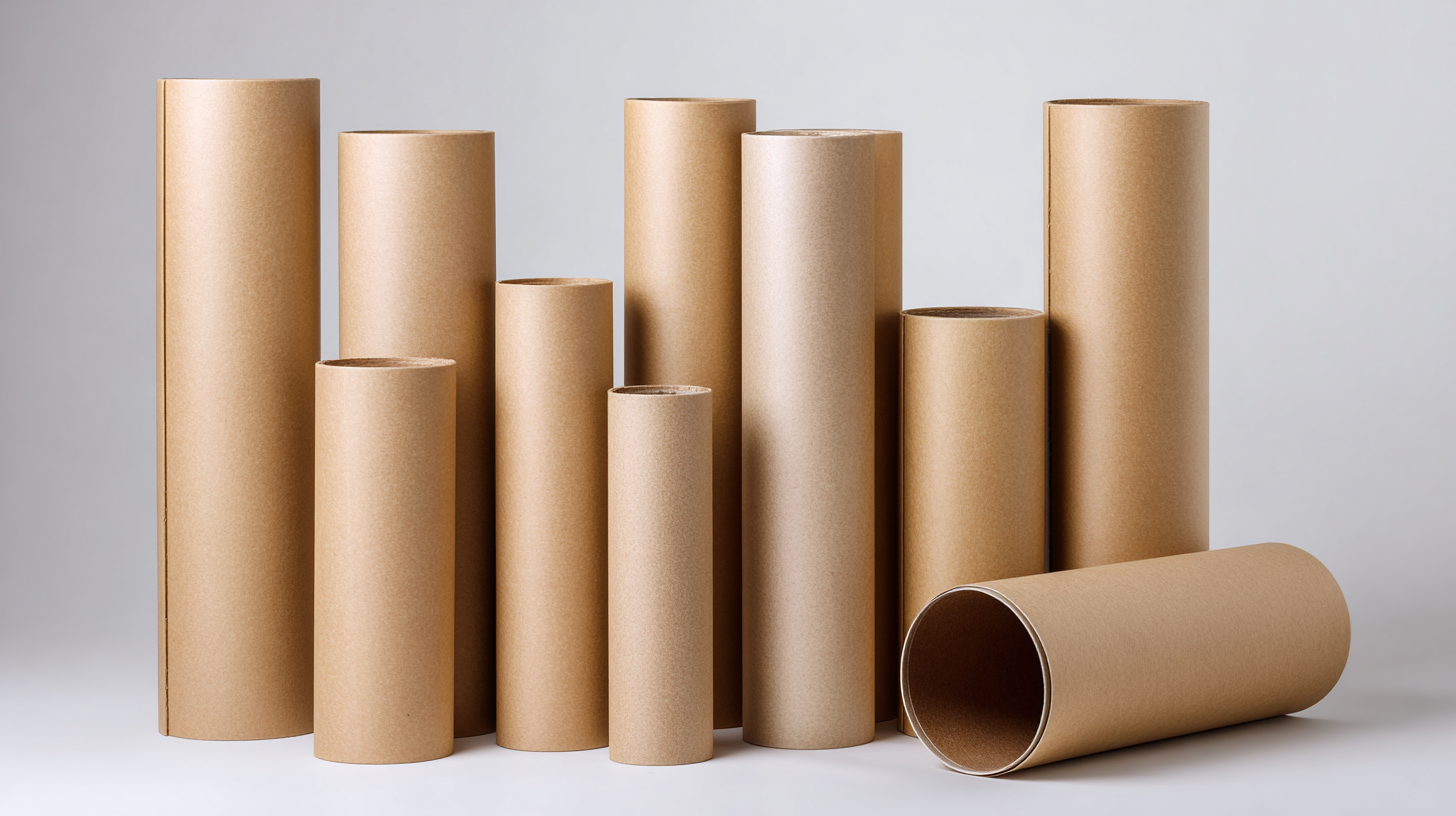Ultimate Guide to Evaluating the Best Cardboard Shipping Tubes for Your Needs
In today's fast-paced shipping industry, the importance of selecting the right packaging cannot be overstated, especially when it comes to transporting delicate or elongated items. Cardboard shipping tubes have emerged as a popular choice among businesses and individuals alike due to their durability, lightweight nature, and eco-friendly qualities. As we navigate through various options available in the market, it becomes crucial to evaluate which cardboard shipping tubes best suit your unique needs. This ultimate guide will delve into the key factors to consider, essential features to look for, and the future trends shaping the cardboard shipping tube industry. Whether you're a small business owner seeking cost-effective solutions or a hobbyist looking to safely ship your creations, understanding how to choose the right cardboard shipping tubes can make all the difference in ensuring your items arrive in perfect condition.

Understanding Different Types of Cardboard Shipping Tubes and Their Uses
When selecting cardboard shipping tubes, it's essential to understand the various types available and their specific applications. According to a report by Smithers Pira, the demand for eco-friendly packaging solutions has surged, with cardboard tubes emerging as a preferred option due to their lightweight and recyclable properties. These tubes are primarily designed for shipping documents, artwork, posters, and other cylindrical items, offering protection against bending and damage during transit.
There are several types of cardboard shipping tubes, each tailored to different needs. For instance, spiral wound tubes, typically made from thick paperboard, provide high strength and durability, making them ideal for heavy or valuable items. Additionally, telescopic tubes feature adjustable lengths, allowing for versatility when packing various sizes of products. The choice of tube can significantly impact shipping efficiency and costs, as specialized designs optimize protection and minimize wasted space. A study by Allied Market Research reveals that the global cardboard packaging market is projected to reach $510 billion by 2026, underlining the growing importance of effective packaging solutions like cardboard shipping tubes.
Key Factors to Consider When Choosing a Cardboard Tube Manufacturer
When selecting a cardboard tube manufacturer, several key factors must be considered to ensure you choose the best option for your shipping and packaging needs. One critical aspect is the quality of the materials used in production. Recent industry reports indicate that paperboard tubes are highly valued in various applications, particularly in building construction where they have been effectively utilized as formwork for concrete columns for over 60 years. This longevity underscores the durability and reliability of paperboard, making it important for manufacturers to source high-quality, sustainable materials that meet specific standards.
Another important consideration is the manufacturing process itself. Advanced methodologies, including innovations in wire and arc additive manufacturing, have transformed the industry by enhancing the capability to manage heat input, which is crucial for minimizing deformation and ensuring structural integrity. Additionally, as environmental concerns grow, manufacturers must also focus on producing eco-friendly products that cater to the increasing demand for sustainable packaging solutions. Trends indicate that the use of eco-conscious materials will be paramount, with consumers increasingly aware of the environmental impact of packaging choices. Therefore, evaluating a manufacturer's commitment to sustainability alongside their production methods will be essential for making an informed choice.
Ultimate Guide to Evaluating the Best Cardboard Shipping Tubes
Comparing Quality Standards of Cardboard Shipping Tubes
When it comes to choosing the right cardboard shipping tubes, understanding the quality standards is essential to ensure the protection of your goods. According to a 2021 report from Smithers Pira, the global demand for sustainable packaging solutions has surged, with a 70% increase in the use of cardboard materials for shipping applications. This trend emphasizes the importance of selecting high-quality tubes that not only meet industry standards but also provide durability during transit.

Quality is typically assessed based on several factors: burst strength, crush resistance, and moisture resistance. The American Society for Testing and Materials (ASTM) has established guidelines for evaluating these properties. For example, tubes with a burst strength rating of over 200 psi are generally considered robust enough for heavy items. Furthermore, a study by the Paper and Packaging Board found that cardboard packaging can withstand seven times its weight in pressure, highlighting why thickness and structural integrity are critical in the selection process. By prioritizing these quality metrics, businesses can significantly reduce the risk of damage during shipping, resulting in better customer satisfaction and lower replacement costs.
Evaluating Cost-Effectiveness Without Sacrificing Quality
When it comes to selecting cardboard shipping tubes, cost-effectiveness is often a primary concern for businesses. However, it's crucial to ensure that cutting costs does not lead to compromised quality. A well-designed shipping tube can protect your products during transit, reducing the chances of damage and ultimately saving money on returns and replacements. Evaluate the materials used in the tubes; high-quality cardboard can withstand pressure and impacts better than cheaper alternatives, thereby ensuring that your items arrive safely at their destination.

Another important factor to consider is the supplier's reputation. Investing in a reliable supplier who offers quality tubes at competitive prices is essential. Look for reviews and testimonials from other customers to gauge their experiences. Additionally, consider bulk purchasing options, which can provide significant savings without sacrificing the integrity of the tubes. By balancing cost and quality through careful evaluation of both materials and suppliers, businesses can ensure that they meet their shipping needs effectively while staying within budget.
Identifying Reliable Suppliers and Their Customer Support Services
When selecting cardboard shipping tubes, identifying reliable suppliers is paramount. According to a recent industry report by Smithers Pira, the global market for cardboard packaging is projected to reach USD 400 billion by 2025, with increasing demand driven by e-commerce and sustainability trends. This boom emphasizes the need for consumers to choose suppliers that specialize in quality cardboard tubes, ensuring they can withstand the rigors of shipping and handling.
Customer support services are equally crucial in this selection process. Research from the Customer Service Institute indicates that 70% of consumers are willing to pay more for better customer service. Therefore, evaluating suppliers based on their responsiveness, return policies, and the availability of customized solutions can significantly enhance the shipping experience. Suppliers offering comprehensive support—including user manuals, packaging advice, and quick response teams—can greatly mitigate issues during the transportation of goods, ultimately leading to lower damage rates and higher customer satisfaction. Prioritizing these factors will ensure businesses are better prepared to meet their shipping needs effectively.
Ultimate Guide to Evaluating the Best Cardboard Shipping Tubes for Your Needs
| Supplier | Tube Size (inches) | Wall Thickness (mm) | Max Weight Capacity (lbs) | Customer Support Rating (out of 5) | Delivery Time (days) |
|---|---|---|---|---|---|
| Supplier A | 12 x 3 | 3 | 20 | 4.5 | 5 |
| Supplier B | 18 x 6 | 4 | 25 | 4.0 | 3 |
| Supplier C | 24 x 4 | 5 | 30 | 5.0 | 7 |
| Supplier D | 30 x 8 | 6 | 40 | 3.8 | 10 |
| Supplier E | 36 x 10 | 7 | 50 | 4.2 | 12 |
